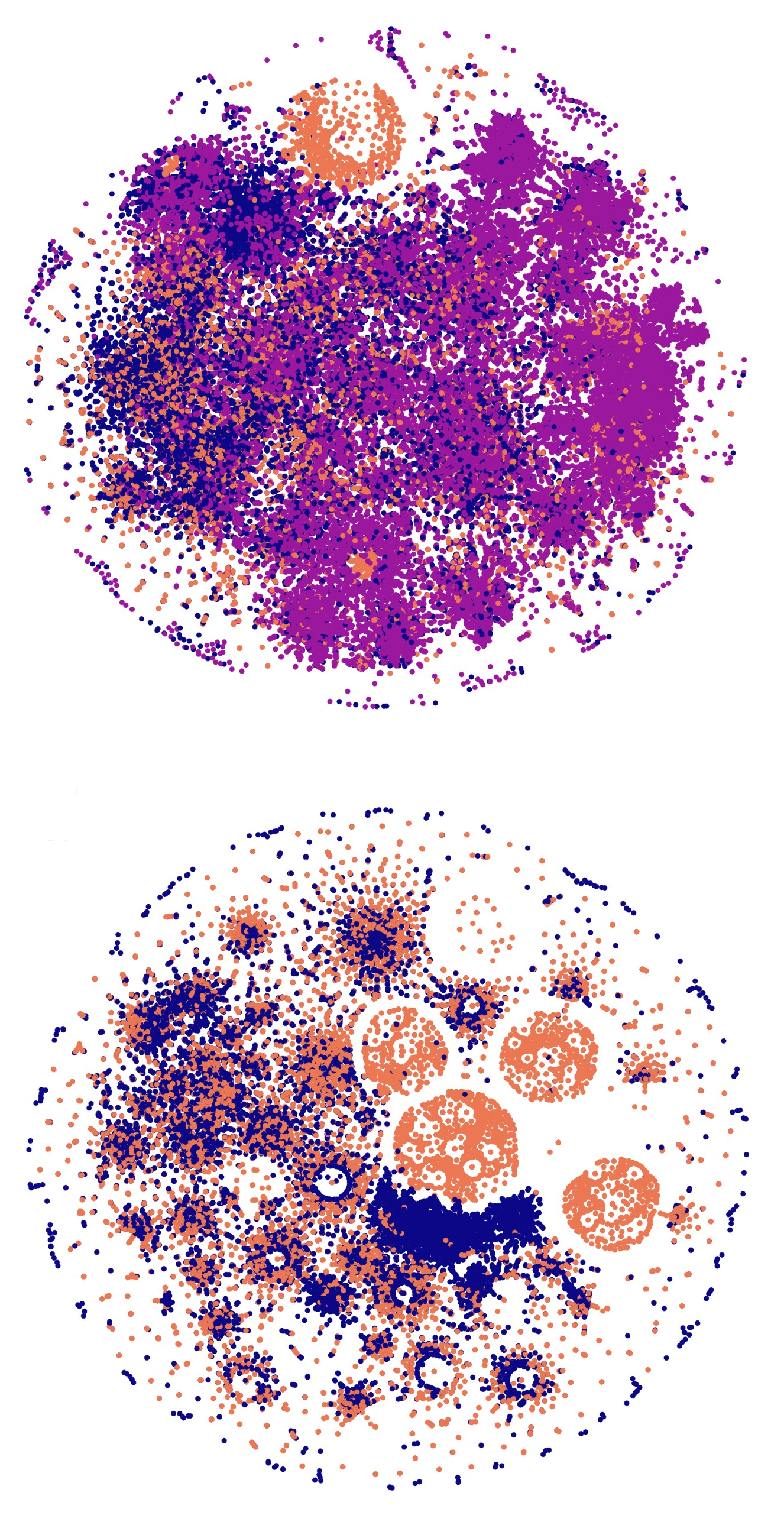Improving Word Sense Disambiguation with Translations
Yixing Luan, Bradley Hauer, Lili Mou, Grzegorz Kondrak
Semantics: Lexical Semantics Long Paper

You can open the pre-recorded video in a separate window.
Abstract:
It has been conjectured that multilingual information can help monolingual word sense disambiguation (WSD). However, existing WSD systems rarely consider multilingual information, and no effective method has been proposed for improving WSD by generating translations. In this paper, we present a novel approach that improves the performance of a base WSD system using machine translation. Since our approach is language independent, we perform WSD experiments on several languages. The results demonstrate that our methods can consistently improve the performance of WSD systems, and obtain state-ofthe-art results in both English and multilingual WSD. To facilitate the use of lexical translation information, we also propose BABALIGN, an precise bitext alignment algorithm which is guided by multilingual lexical correspondences from BabelNet.
NOTE: Video may display a random order of authors.
Correct author list is at the top of this page.
Connected Papers in EMNLP2020
Similar Papers
Don't Neglect the Obvious: On the Role of Unambiguous Words in Word Sense Disambiguation
Daniel Loureiro, Jose Camacho-Collados,

A Supervised Word Alignment Method based on Cross-Language Span Prediction using Multilingual BERT
Masaaki Nagata, Katsuki Chousa, Masaaki Nishino,

Bridging Linguistic Typology and Multilingual Machine Translation with Multi-View Language Representations
Arturo Oncevay, Barry Haddow, Alexandra Birch,

